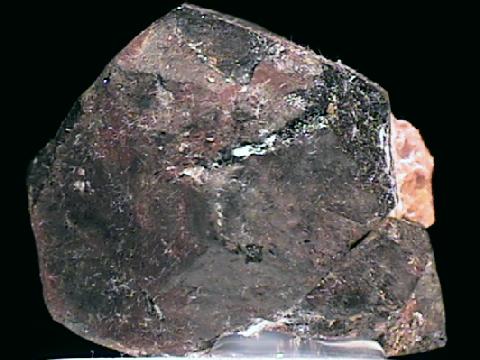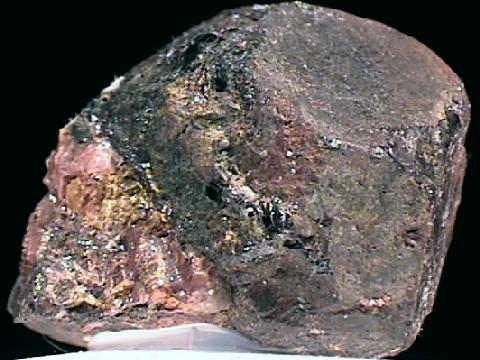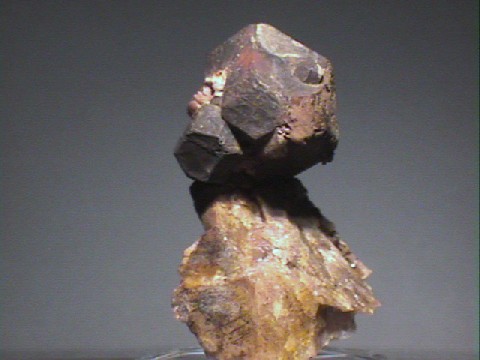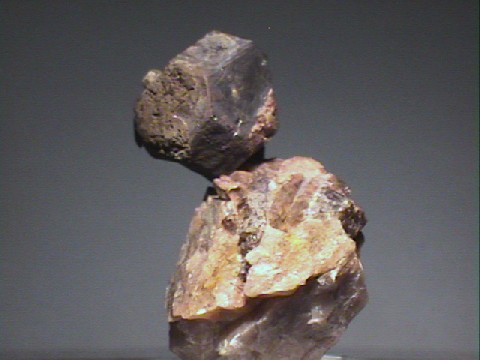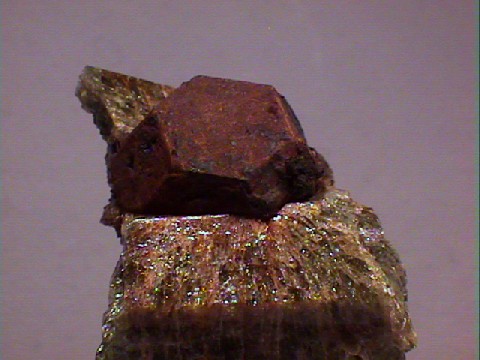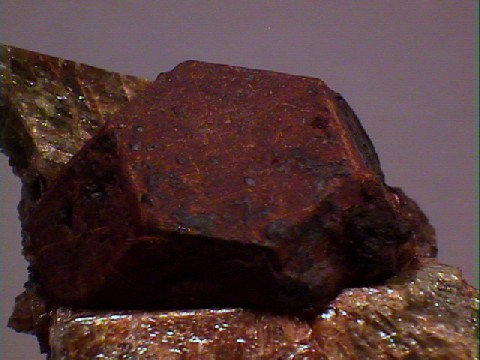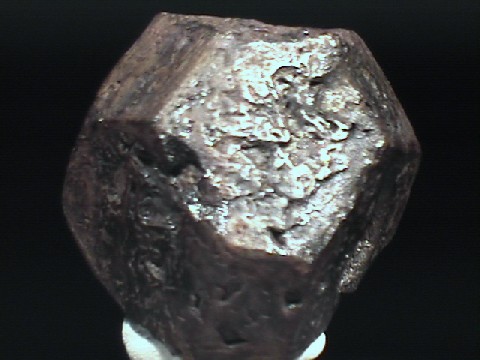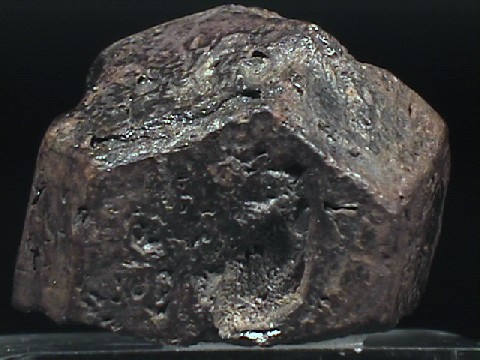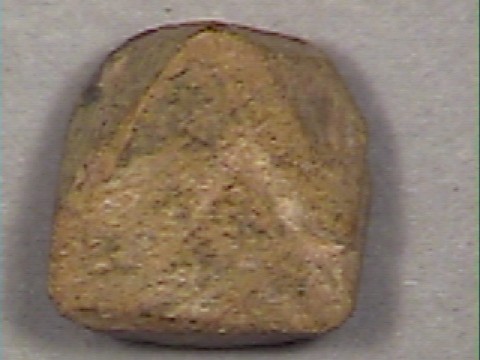 THE
MINERAL BETAFITE
THE
MINERAL BETAFITE
- Chemical Formula: (Ca, Na, U)2(Ti, Nb, Ta)2O6(OH, F) , Calcium Sodium Uranium Titanium Niobium Tantalum Oxide Hydroxide Fluoride.
- Class: Oxides and Hydroxides
- Group: Pyrochlore
- Uses: A minor ore of rare earth elements and uranium and as mineral specimens.
Specimens
Betafite is a popular uranium bearing mineral to collect. It is one of the few uranium minerals to form nice well shaped crystals. Betafite crystallizes in the isometric symmetry class and forms large octahedral and dodecahedral crystals that can weigh up to 100 kg. Frequently they are modified by other isometric forms and/or flattened when two opposing faces dominate the crystal. Well formed crystals of betafite are considered classics!
Because betafite has rare earth elements such as thorium
in its chemistry, it is one of several so called
Rare Earth Oxides.
Other rare earth oxides such as
Betafite is formed in rare earth rich, granite pegmatites, a slow cooling
igneous intrusive rock, such as from the site in which it was named; Betafo,
Malagasy Republic, Madagascar. It is also found in the contact metamorphic
marbles that surround these pegmatites. Although concerning the marbles
there is a question as to whether they are actually the product of igneous
carbonatites. As is the case at the other most notable locality for betafite;
Bancroft, Ontario, Canada. At these and other localities, betafite is associated
with several minerals common to these rocks such as quartz,
feldspars,
columbite,
tantalite,
zircon,
biotite,
thorite,
allanite,
Betafite is a popular and interesting mineral. Although lacking in color, it makes up for it in the large well formed crystals for which it is known. Remember, this is a radioactive mineral and should be stored away from other minerals that are subject to damage from radioactivity and of course human exposure should be limited !
PHYSICAL CHARACTERISTICS:
- Color is black with a tint of yellow, brown or green.
- Luster is earthy to metallic and sometimes vitreous when translucent.
- Transparency: Crystals are generally opaque but some translucent specimens are known.
- Crystal System is isometric; 4/m bar 3 2/m
- Crystal Habits typically include octahedral and dodecahedral crystals that are often modified by other isometric forms and/or flattened when two opposing faces dominate the crystal; also found as granular and massive. Some crystals can be quite large and can weigh up to and slightly over 100 kg.
- Cleavage is absent.
- Fracture is conchoidal.
- Hardness is 4 - 5.5
- Specific Gravity is approximately 3.7 - 5.0 (heavy for non-metallic, average for metallic minerals). Extreme variation caused by variable composition of component metals.
- Streak is yellow to brown.
- Other Characteristics: Slightly radioactive and crystals/specimens are often coated with a yellow or green earthy coating.
- Associated Minerals include quartz,
feldspars,
columbite,
tantalite,
zircon,
biotite,
thorite,
allanite,
fergusonite and other rare earth minerals. - Notable Occurrences include Betafo (hence the name), Malagasy Republic, Madagascar; Silver Crater Mine, Bancroft, Ontario, Canada and less noteworthy sites in Russia; Spain; Peru; Pakistan; India; China; Norway and Brazil as well as California, Arizona, New Mexico and Colorado, USA.
- Best Field Indicators are crystal habit, luster, fracture, color, radioactivity, associations, environment and specific gravity.

